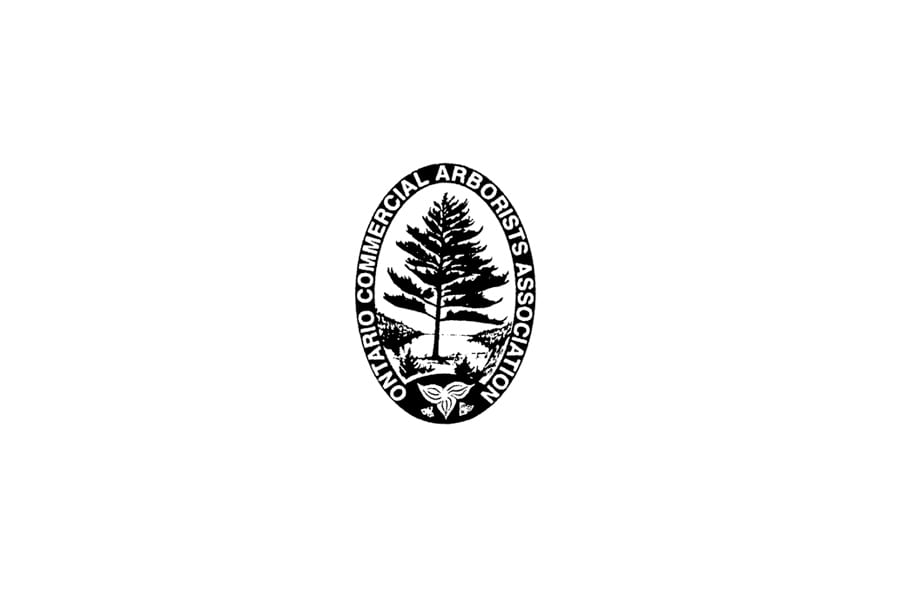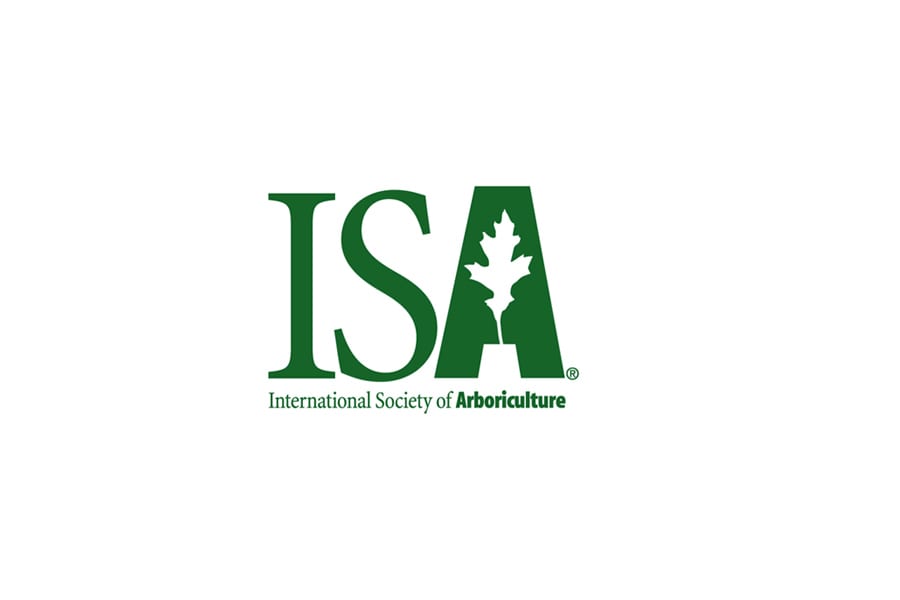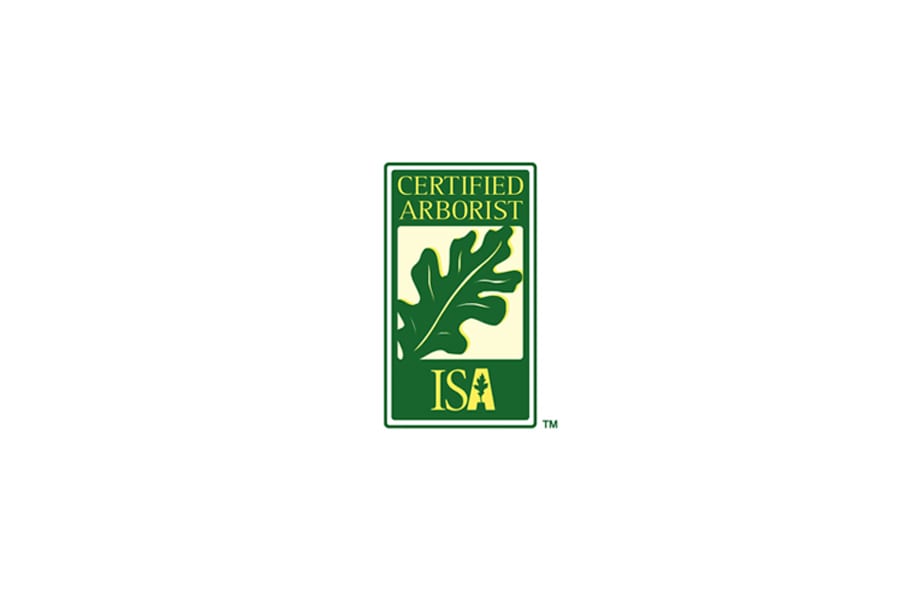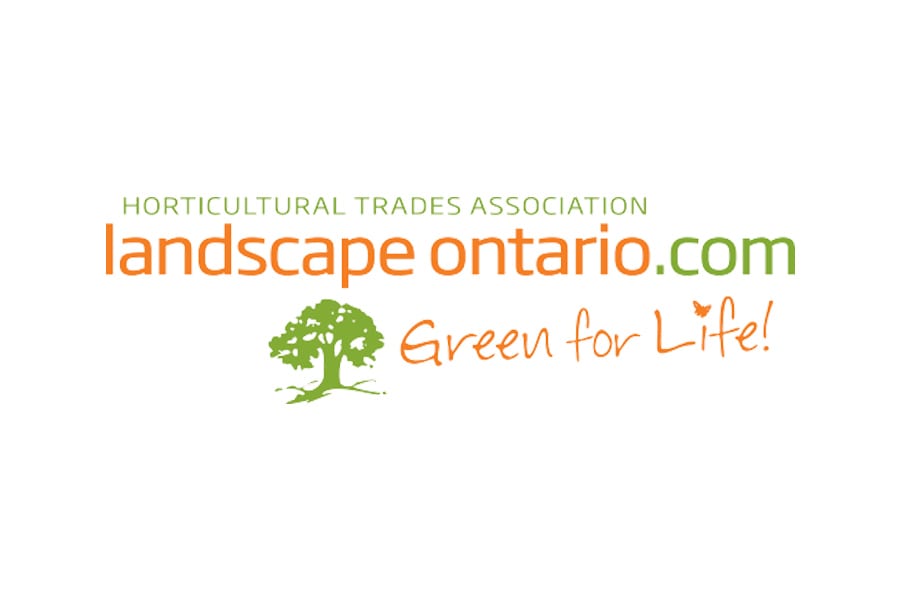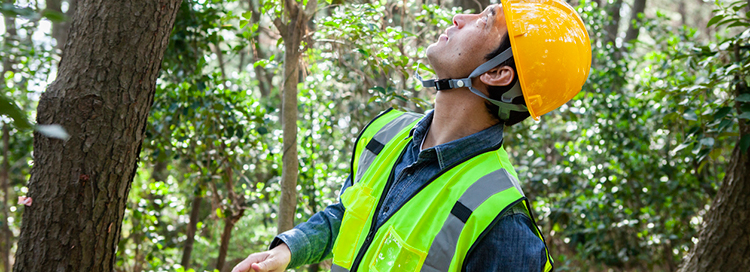
- Aug 10, 2023
- Dreamworks Tree Services
- Tree Removal
- 0 Comments
Tree Risk Assessment Before Tree Removal
The urban landscape of Toronto thrives with the presence of majestic trees, offering environmental benefits and enhancing the beauty of the city. However, as trees age or face adverse conditions, they may pose potential risks to properties and people. Tree removal becomes necessary in such cases, but it must be approached with caution and expertise. This is where tree risk assessment plays a pivotal role.
This article delves into the significance of tree risk assessments before tree removal in Toronto and the steps involved.
What is a Tree Risk Assessment?
A tree risk assessment is a systematic and thorough evaluation of a tree’s health and potential risks it may pose to its surroundings. Certified arborists conduct this assessment, drawing upon their expertise and knowledge to carefully examine various factors. These include the tree species, its structural integrity, signs of decay, root health, and proximity to structures or high-traffic areas. By conducting a detailed assessment, arborists can make informed decisions about whether a tree requires removal, pruning, or other necessary actions.
Why are Tree Risk Assessments Important?
Tree risk assessments carry immense importance for multiple reasons. Firstly, they help identify hazardous trees that could damage property or cause injury to people during severe weather events, strong winds, or natural disasters. Secondly, the assessment aids in preserving healthy trees, ensuring that only those trees that genuinely pose risks are removed. This preservation is crucial for maintaining the green canopy of Toronto, and the numerous benefits trees provide to the urban environment. Thirdly, conducting tree risk assessments allows tree removal services in Toronto to plan and allocate their resources efficiently, prioritizing high-risk trees that require immediate attention.
How Often Should You Get Your Trees Assessed?
The frequency of tree risk assessments depends on various factors, each influencing the tree’s health and stability. A general guideline suggests conducting professional tree risk assessments for mature trees at least once every two to three years. However, certain factors may warrant more frequent assessments. Trees in high-traffic areas or those displaying signs of decline and stress may require more frequent evaluations. By adhering to a regular assessment schedule, property owners can ensure that any changes in a tree’s health or structure are promptly identified and addressed, minimizing potential risks.
What Does Tree Risk Assessment Involve?
If you are looking for tree removal in Toronto, risk assessment is crucial to make the right decision. Certified arborists utilize their expertise and various techniques to thoroughly evaluate the health and safety of trees. Here are the key elements of the process:
Visual Assessments
Visual inspections serve as the foundation of any tree risk assessment. Arborists meticulously examine the tree’s overall health, looking for signs of decay, pests, diseases, or structural issues. They pay attention to dead or hanging branches, cracks, cavities, or other visible abnormalities that could indicate potential hazards.
Advanced Decay Detection
Visual assessments may not always reveal hidden decay or internal defects in the tree. Advanced technologies like sonic tomography or resistograph are employed to detect such issues. These tools enable arborists to assess the internal wood density and identify potential weaknesses that are not visible from the outside.
Root Zone Assessments
The root system is vital to a tree’s stability and health. Arborists may use techniques like air-spading to inspect the root zone for signs of decay, girdling roots, or other issues that could compromise the tree’s stability. Understanding the root health is crucial to assess the overall health of the tree.
Hazardous Tree Identification
Arborists use their expertise to determine whether a tree is hazardous to its surroundings. They consider several factors, including the tree species, location, structural defects, and potential targets like buildings, roads, or power lines. This assessment helps make informed decisions about whether the tree requires removal or mitigation measures can be applied to reduce risks.
Overall Health Assessments
Evaluating a tree’s overall health is essential in determining its ability to withstand stressors and potential risks. Arborists assess factors such as leaf health, foliage density, and signs of diseases or infestations to gauge the tree’s vitality and longevity.
We Thoroughly Assess Your Tree Before Removal
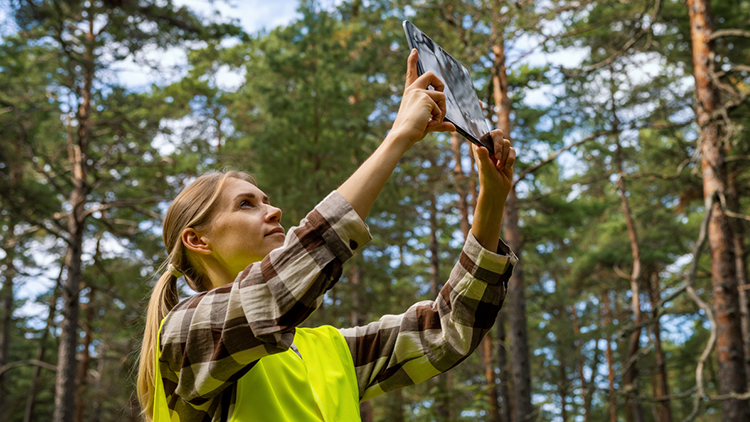
Tree removal in Toronto is a comprehensive process that may also require a permit. At DreamWorks Tree Services, we take care of every aspect and prioritize safety and the preservation of your landscape. Our certified arborists thoroughly evaluate your tree’s health and structural integrity. From visual inspections to advanced decay detection and root zone assessments, we leave no stone unturned.
With our meticulous assessments, we ensure that only hazardous trees are removed, preserving the green canopy and the many benefits it brings. Whether you need tree removal in Toronto or the surrounding areas, our team is ready to safeguard your property. Contact us at 647-924-2627 or fill out our online form to schedule your free tree risk assessment at your convenience. Your trees deserve the best care, and we deliver just that.
Also Read:








